10 Unique Ways of Selecting Your Fabric
Selecting a fabric usually depends on the purpose. If you are using it to work, a tough fabric may be in order. If you are exercising something that is absorbent, yet has, airflow is good.
Imagine your Finished Project
However, if you want something elegant silks lame, stains and chiffon create quite a picture. No matter what material you buy, certain factors must be considered. Note below, unique ways of selecting your fabric.
Purpose Drape Shrinkage Feel Width & Weight Stretch Expert level Color Type Imagine your Finished Project Heavy cotton is a nice fabric, but like the word heavy, it can be a bit thick. If you want a fabric that drapes easily, this is not the fabric to choose.
Wools are beautiful but tend to make some people itch. So, use a lining with wool. Now there is polyester and cotton jersey knit. You might describe as moving fabric and use it for clingy skirts, gym outfits, and casual tops.
Buying fabrics with purpose help you decide on the type of cloth, amounts, and color. The purpose of buying cloth gives you a sewing direction. The way fabrics drape makes a big difference if you want a truly elegant piece. With some items, you want a bit of firmness. However, with others, you want the material to flow. The way fabric falls over your hand measures the drape. The way silk flows are a great example. Shrinkage is important. If you have ever bought a garment and washed it and it was suddenly too tight, this is shrinkage. If you invest time and money into sewing a project, you want to know how much the fabric will shrink. If a fabric does not feel good to your hands, chances are, you will be uncomfortable wearing it. No one wears every fabric gracefully. A fabric might irritate your skin so feel is a good idea when purchasing cloth. Some fabrics are blends. Yet, some people prefer natural fabrics.
For what purpose are you buying cloth? Thinking about the fabric will assist you in picking the correct drape, stretch, and width.
Width is important when sewing with patterns. Most will tell you the width a fabric should be. It helps you gauge the fabric and tells you the amount of cloth needed. Weight can determine how exclusive a fabric looks. Sheets are sold by thread count. The same is true with fabric. The better the weight, the better the fabric sews. This makes the difference between a see-through piece of cloth or a nice dress. This is why some clothes look more expensive than others do.
Stretch fabrics have an interesting way of not quite landing the way you expect unless you have a bit of practice. For beginners, a simple pattern will give practice. These are good for sewing cushions and workout clothes. Sewing according to your level of expertise will help you save making expensive mistakes and increase your confidence. Lightweight cotton is easy to sew and creates confidence. Silks are expensive and easy to damage. Sewing with these is not recommended unless you are at an accomplished level.
The color of the fabric is important. Perhaps you prefer to sew an outfit made from your favorite color. Maybe you are making pillows or curtains, and selecting colors for a bedroom. Sewing provides an option buying ready made does not. The fabric choices are better, and so is the color selection. In any event, color is important.
In the process of unique ways of selecting your fabric, it is important to choose the type of cloth you want to sew with, is it silk, denim, linen or a knit fabric. If you are making spreads or drapes, the material might be a lot heavier. Imagine the finished project before you buy the cloth. This allows you to get an idea if the material will really fit your personality. You can measure the stretch and check the width of the material. Some fabrics make beautiful outfits while others are for regular wear. Look at yourself in the mirror and imagine your finished piece.
The many choices in cloth allow you to make skirts, hats, and slacks. Favorites when choosing cloth silk, linen, heavy cotton and light cotton are very nice. These choices make wonderful blouses, shorts, skirts, and dresses. Use interfacing to give fabrics a bit of support.
For those who enjoy sewing, multiple fabric selections offer a wide berth with clothing and decorating. If you sew by pattern there is a listing of fabrics best suited for patterns on the back.
However, flannel and wool work for skirts and pants in cold weather. While, cotton, linen, rayon and cotton voile works for dresses and blouses. There are other fabric selections. These are only a few.





















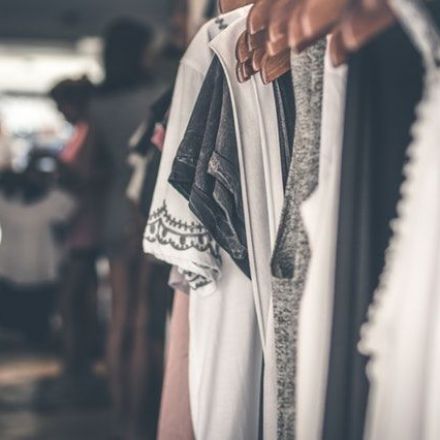

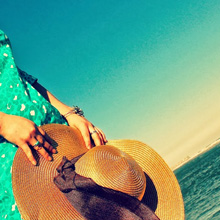
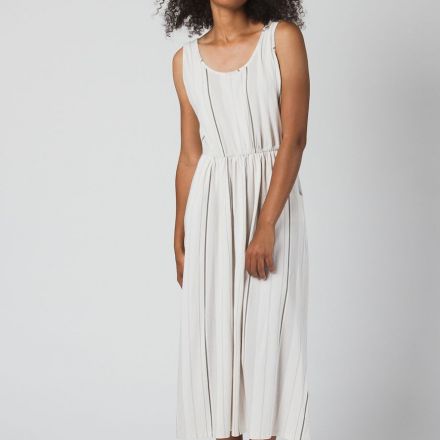
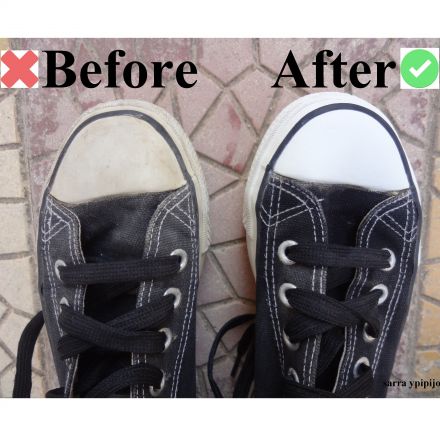
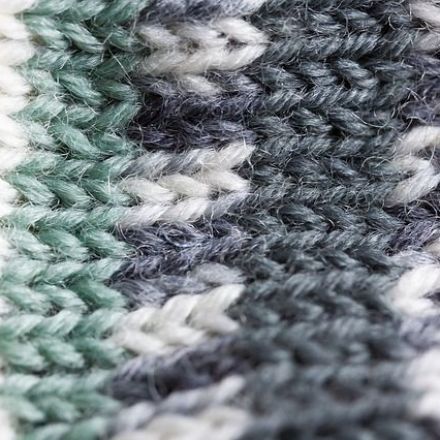

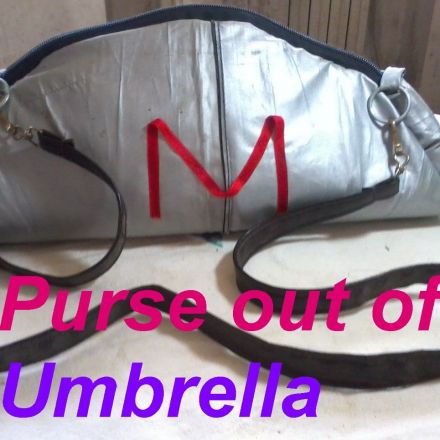
Join the Discussion